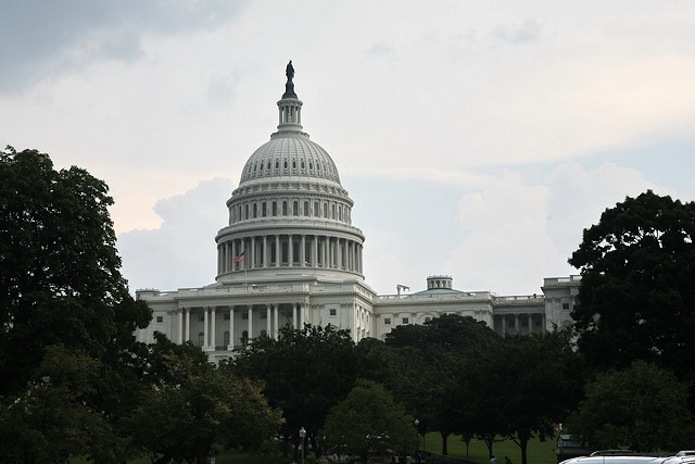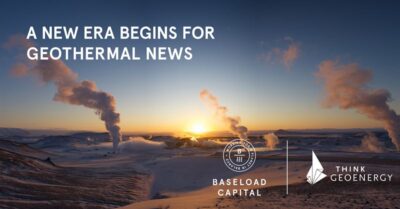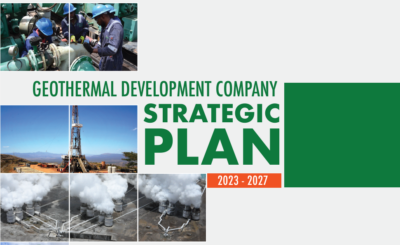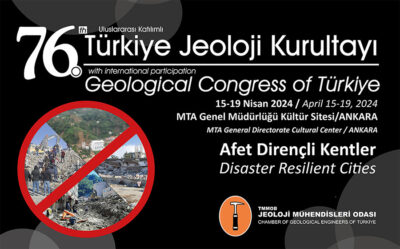US Development Barriers & Policy Incentives Revisited at Reno
An academic study presented at GRC 2012 examines where US policy fails to incentivize the geothermal industry.
At the GRC 2012 Annual Meeting in Reno this week, University of Delaware PhD candidate Christopher Richard walked a sizable audience through an academic study examining where US domestic policy fails to offer developmental improvement through financial incentivization of the geothermal industry.
Richard presented the rigorous methodology to identify barriers to development in geothermal. In short, he compiled 18 relevant public and academic texts specific to geothermal policy barriers dating back to 2008. From these publications, he was able to identify an aggregation of barriers and sub-barriers which he cataloged into buckets of similar topics. From here, Richard produced a “Frequency of Use” output, tallying the number of times each barrier appeared across the selected publications. The more often a barrier appeared across multiple texts, the more legitimacy it received as a viable barrier. Conversely, barriers with a lesser frequency of use were viewed as less viable barriers to US geothermal development. Some of the most frequently quoted barriers were “Resource Risk”, “Initial Cost”, “Time”, and “Technological Competitiveness.”
Richard then examined current and recent policy incentives in place, particularly the Production Tax Credit, 1603 Cash Grant, and the Renewable Portfolio Standards, and compared them with these identified barriers. He found that these comparisons reinforced the belief that current policy incentivization is in place for already established commodities only. Additionally, the current financial incentivization mechanisms promote developmental risk, but are unable to encourage early-stage adoption.
The underlying conclusion is that developing geothermal energy is truly unique. While having developmental components in common with other traditional and renewable technologies (in exploration for example), the commonalities vary when it comes to matters of production, environmental benefits, or initial capital investment.


















